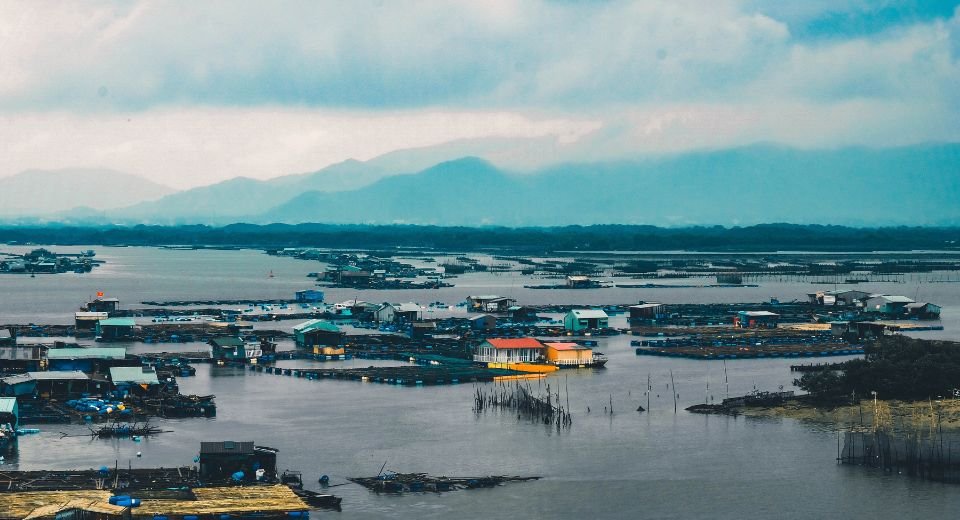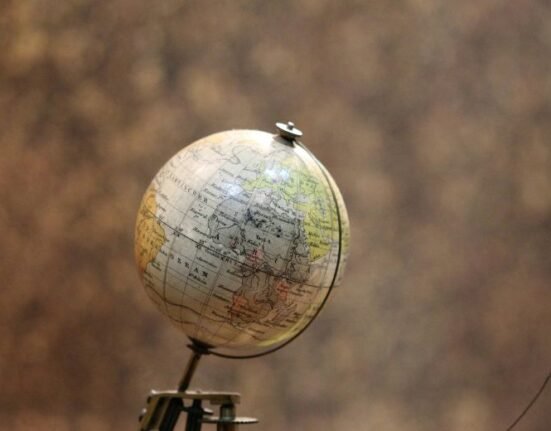HQ Team
August 15, 2023: The African continent, comprising 54 sovereign nations, has “missing, outmoded or malfunctioning” weather forecasting systems to face a climate crisis that may hit its 1.4 billion population the hardest globally, researchers found.
Without major and rapid upgrades to “hydromet infrastructure”, the damage and death toll caused by climate-related disasters across Africa will “balloon,” climatologists from the UK and Africa, led by the University of Cambridge, wrote in the journal Nature.
Latest research showed that, over the last two decades, the average number of deaths caused by a flooding event in Africa is four times higher than the European and North American average per flood.
Climate and weather-related disasters, including tropical cyclones, storm surges, floods and droughts, are on the rise. Over the past 50 years, rates have increased fivefold globally, and the damages associated with them have swelled by 70 times.
This will only get worse as climate change increases the frequency and intensity of extreme weather.
Crippling communities in Ethiopia
In the Horn of Africa, since 2020, the most prolonged drought in the region’s recent history is crippling communities in Ethiopia, Somalia and Kenya, with more than 20 million people experiencing malnutrition.
In 2017, flood-driven landslides in Sierra Leone claimed the lives of more than 1,000 people and left thousands homeless, many to this day. Torrential rains that hit Somalia in 1997 caused more than 2,000 deaths and displaced 250,000 people.
The Ethiopian drought of 1983–84, which caused at least 300,000 casualties and wrecked millions of lives, is considered one of the worst hydrometeorological disasters of the past 50 years.
The climate crisis is increasing the frequency and intensity of floods, droughts, and heatwaves, with Africa expected to be among the global regions hit hardest, the researchers said.
The team looked at World Meteorological Organization data and found the entire continent of Africa has just 6% of the number of radar stations as the US and Europe’s combined total, despite having a comparable population size and a third more land.
Just 37 stations
Radar stations detect weather fluctuations and rainfall as well as long-term climate trends, and are vital for the forewarning of impending floods and other meteorological events.
The African continent has just 37 such stations for a population of 1.4 billion and a landmass of 30 million square kilometers.
In Europe and the US, there are 636 radar stations for a total population of 1.1 billion and a landmass of 20 million square kilometers.
WMO data showed that more than 50% of the radar stations that currently operate across Africa are unable to produce accurate enough data to predict weather patterns for the coming days or even hours, according to the researchers.
The research team called on the international community to boost funding for systems that mitigate risks to life from climate disasters. Currently, just US $0.47 of every $100 spent on global development aid goes towards disaster risk reduction of any kind.
Hydromet blindspot
“The vast gaps in Africa’s disaster reduction systems are in danger of rendering other aid investments redundant,” said Dr Asaf Tzachor, co-lead author and research affiliate at Cambridge’s Centre for the Study of Existential Risk.
“For example, there is little point investing in smallholder farms if floods are simply going to wash away seeds, agrochemicals, and machinery.”
“We need to offer all Africans a chance to reduce their exposure to climate risks by fixing this glaring hydro-meteorological blind spot, before even more lives are lost to the effects of global heating.”
The team compared two recent category 4 storms: Tropical Cyclone Idai hit southeast Africa in 2019, and Hurricane Ida swept the eastern US in 2021. Both had wind speeds of over 200km/hour.
US populations received evacuation alerts before Ida hit land, but the limited ‘hydromet’ capabilities meant Idai caught African nations by surprise. The US death toll was under a hundred, while over a thousand Africans lost their lives.
Financial investment
“Multilayered hydromet systems, including weather monitoring, forecasting and early warning, are taken for granted by the Global North, and have been for decades,” said co-lead author Dr Catherine Richards, also from CSER at the University of Cambridge.
“Meanwhile, the most foundational layer on which the others depend is often missing, outmoded, or malfunctioning across Africa – more so than any other global region.”
The team outlined a series of recommendations for plugging Africa’s weather-warning gap such as identifying the most at-risk areas, the adaption of latest computational techniques to predict disaster dynamics, and major financial investments in the region.
“The World Bank has estimated a $1.5 billion price tag for continent-wide hydromet systems, but it would save African countries from $13 billion in asset losses and $22 billion in livelihood losses annually,” said Mr Tzachor.
“A nearly nine-to-one return on investment is surely a no-brainer.”
Sub-Saharan Africa could experience a two-fold increase in people, up to about 750 million, exposed to climate hazards, heat, drought, and flooding, under a 2°C warming scenario by 2050.








